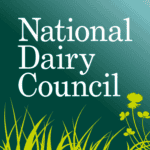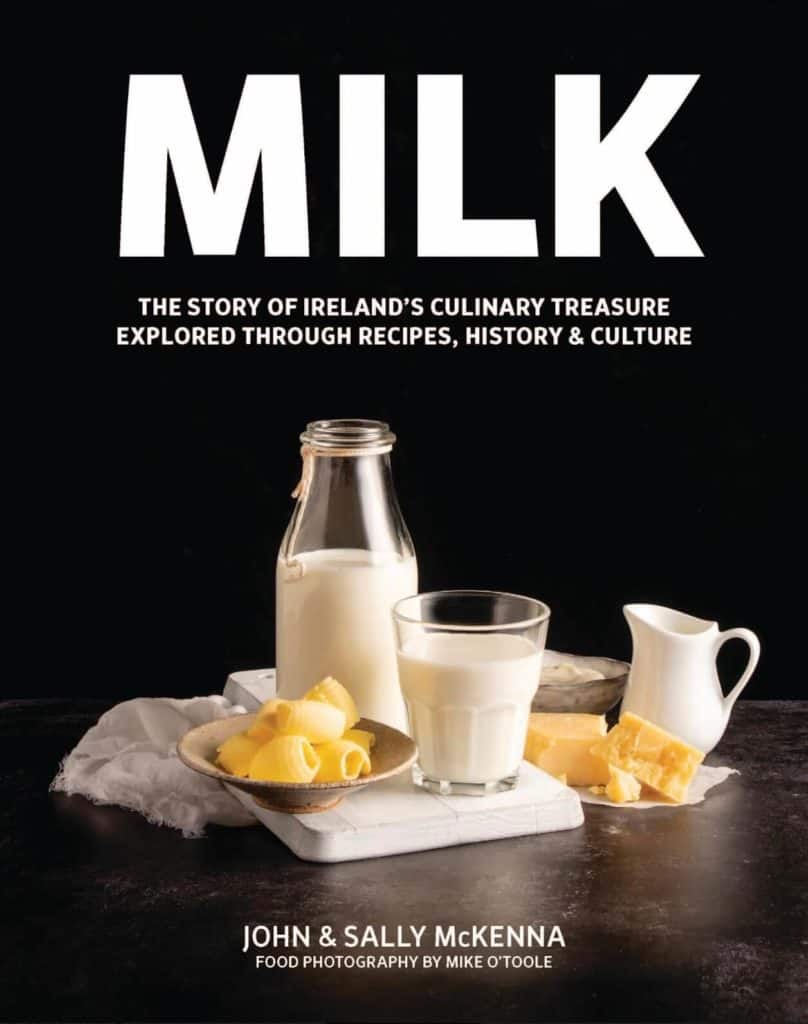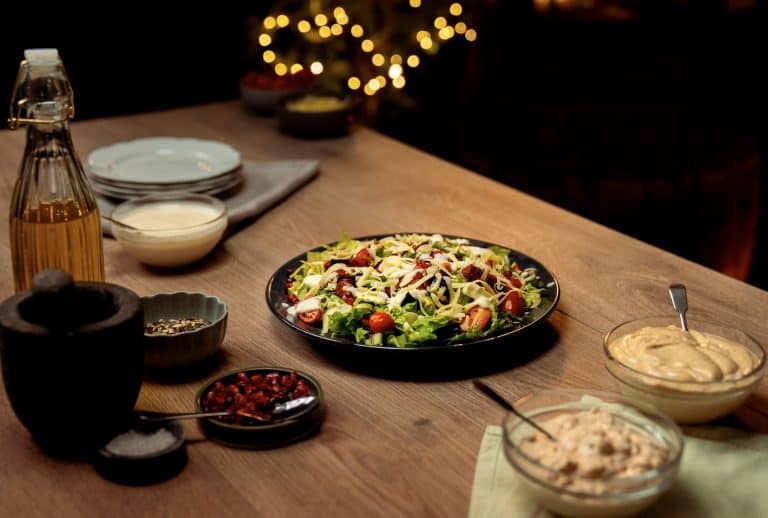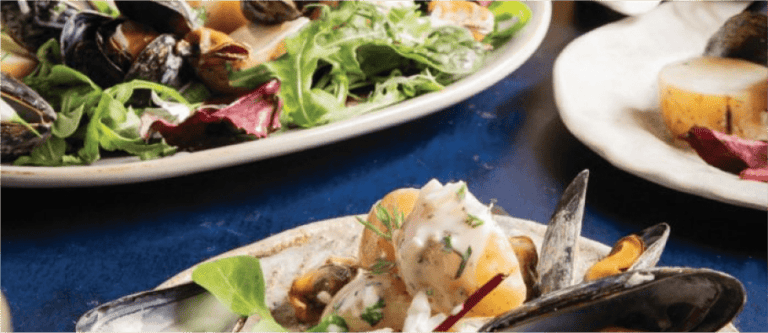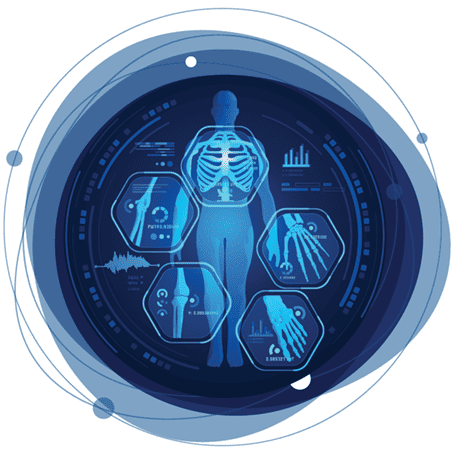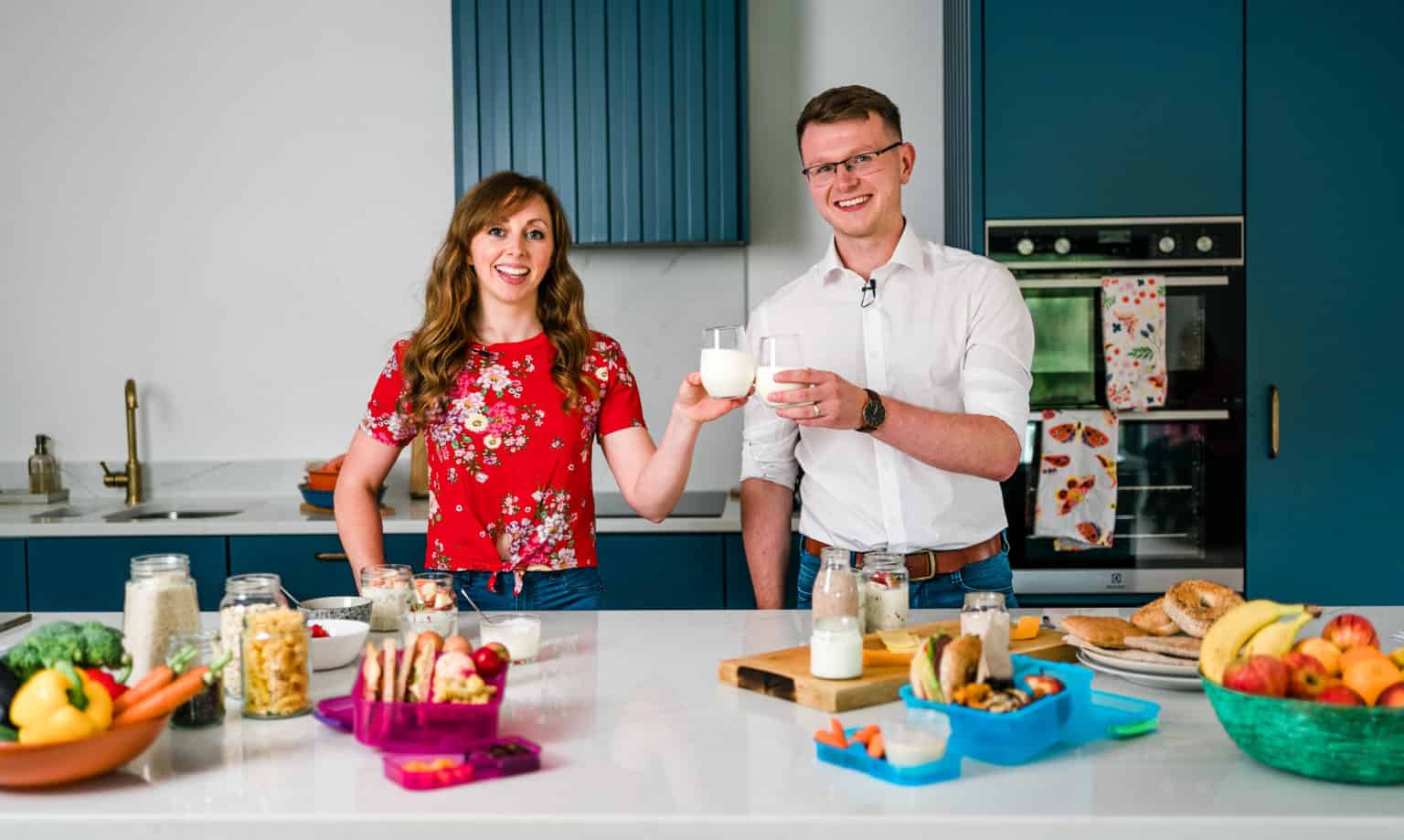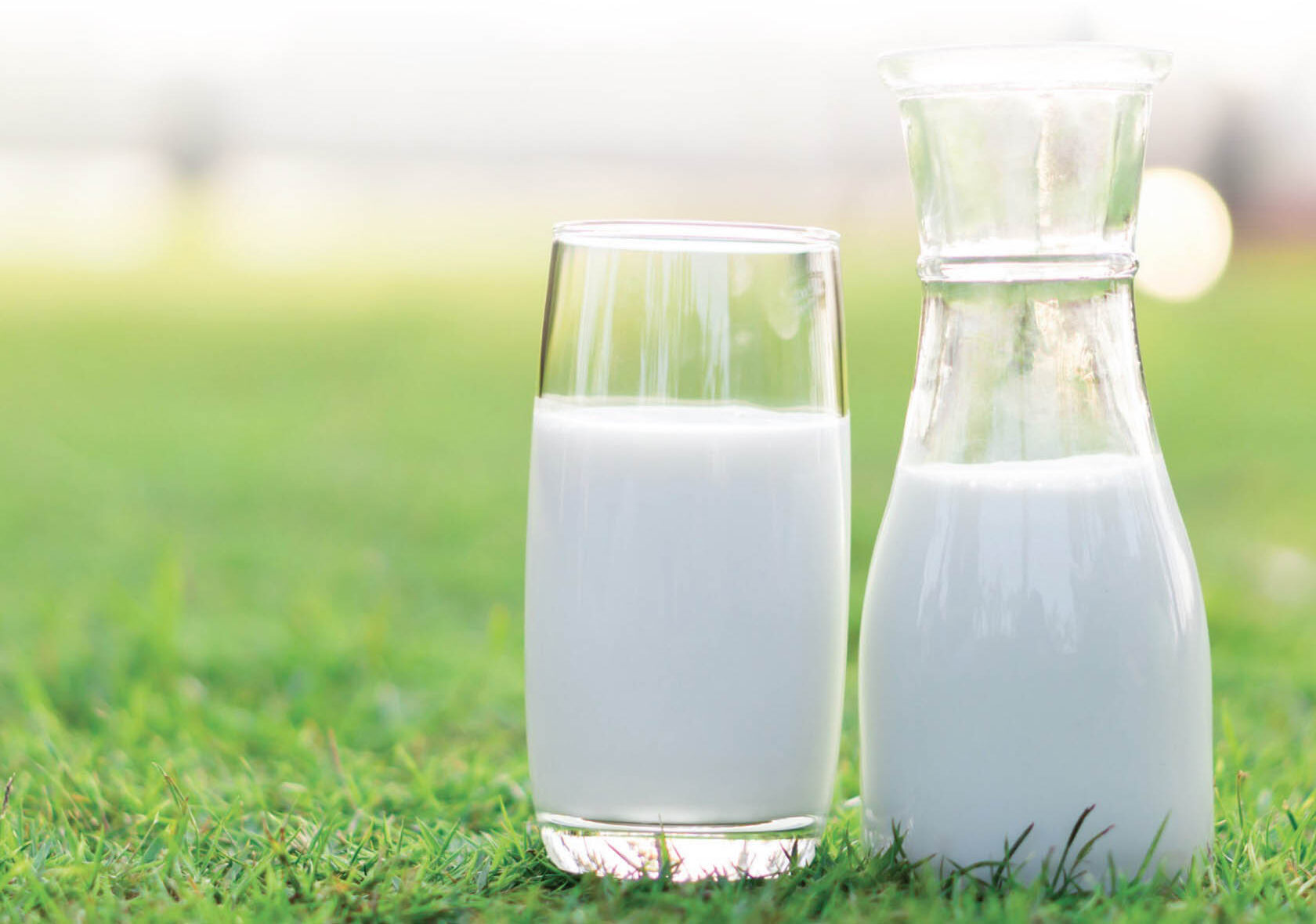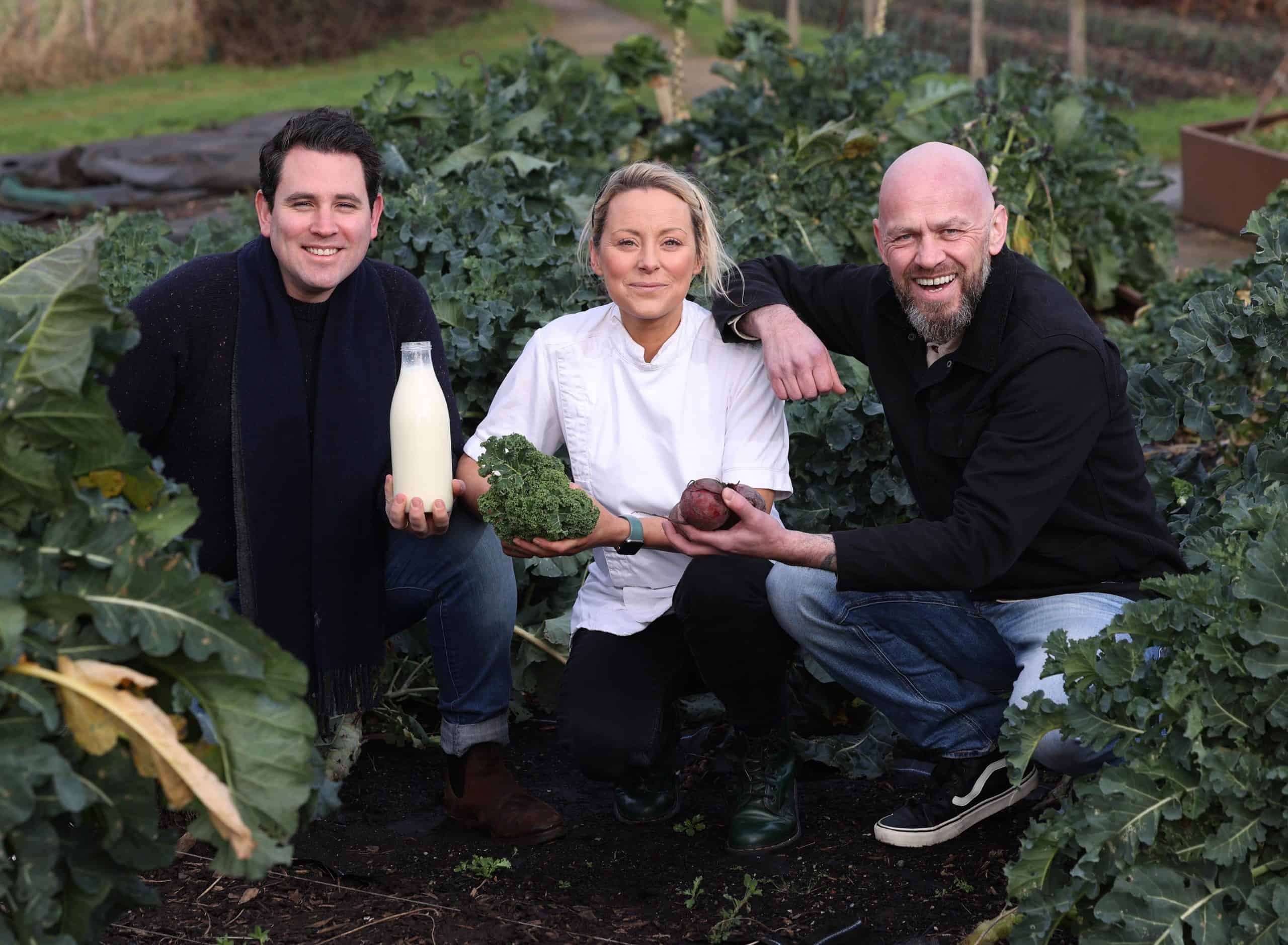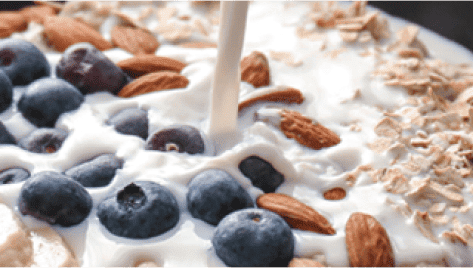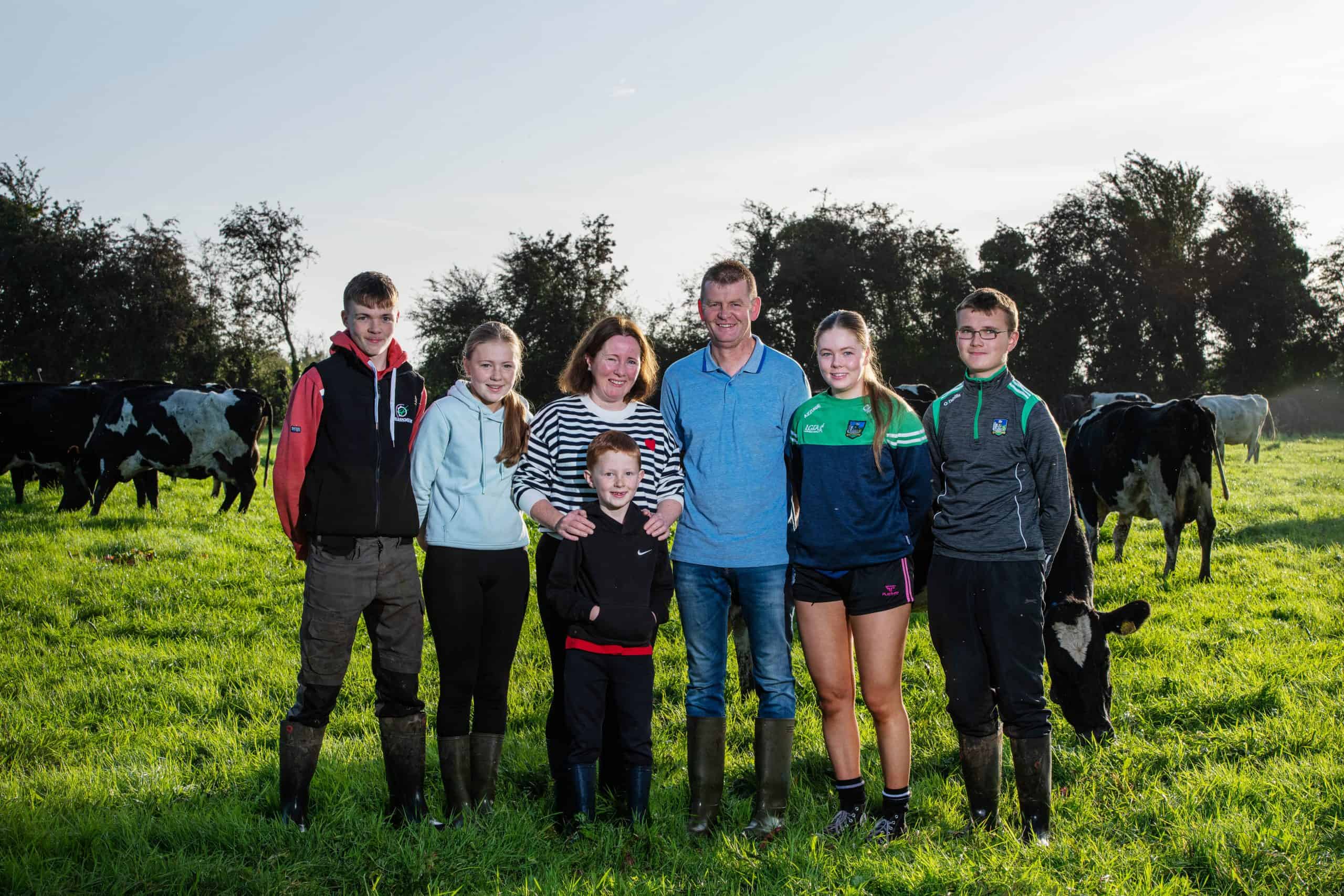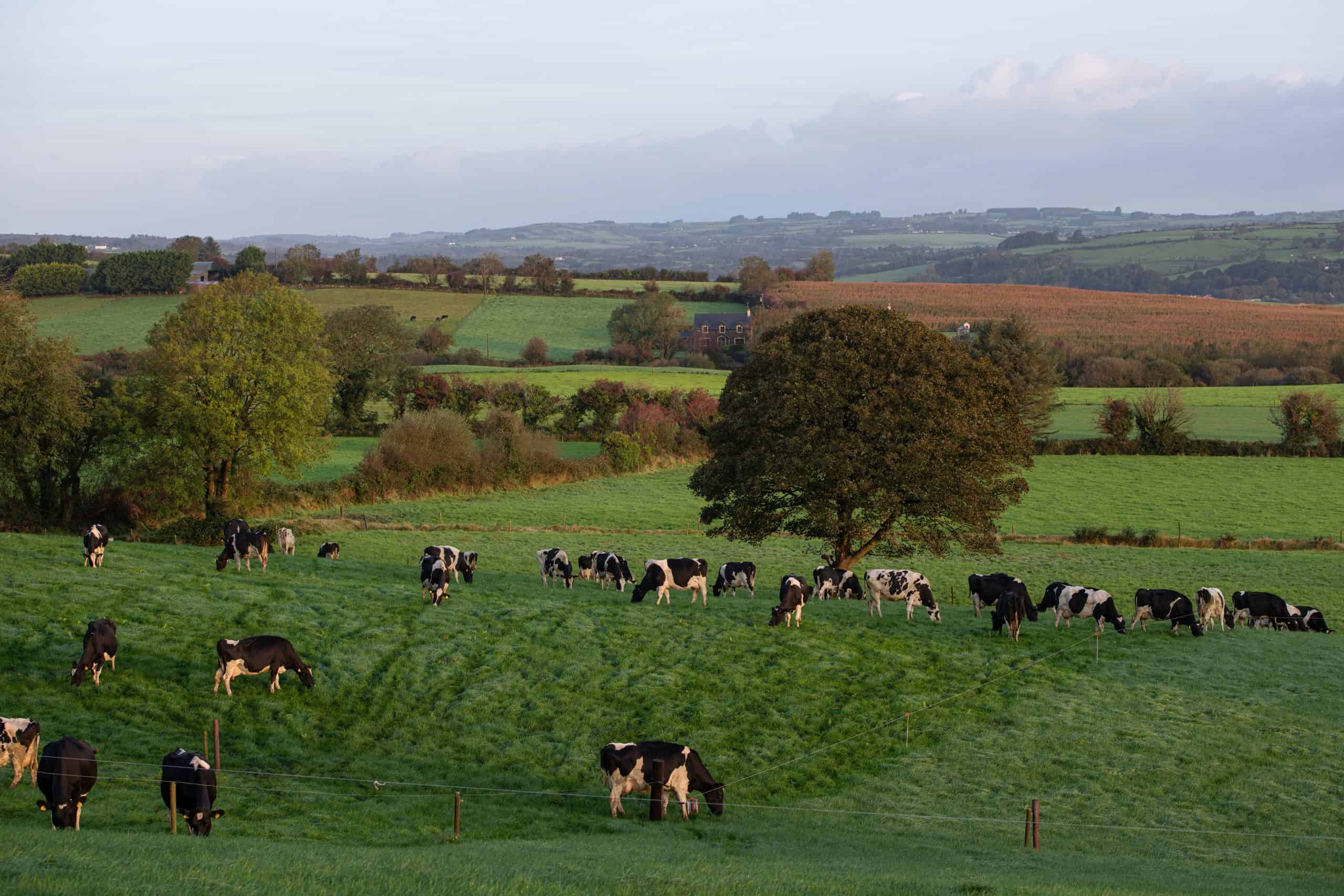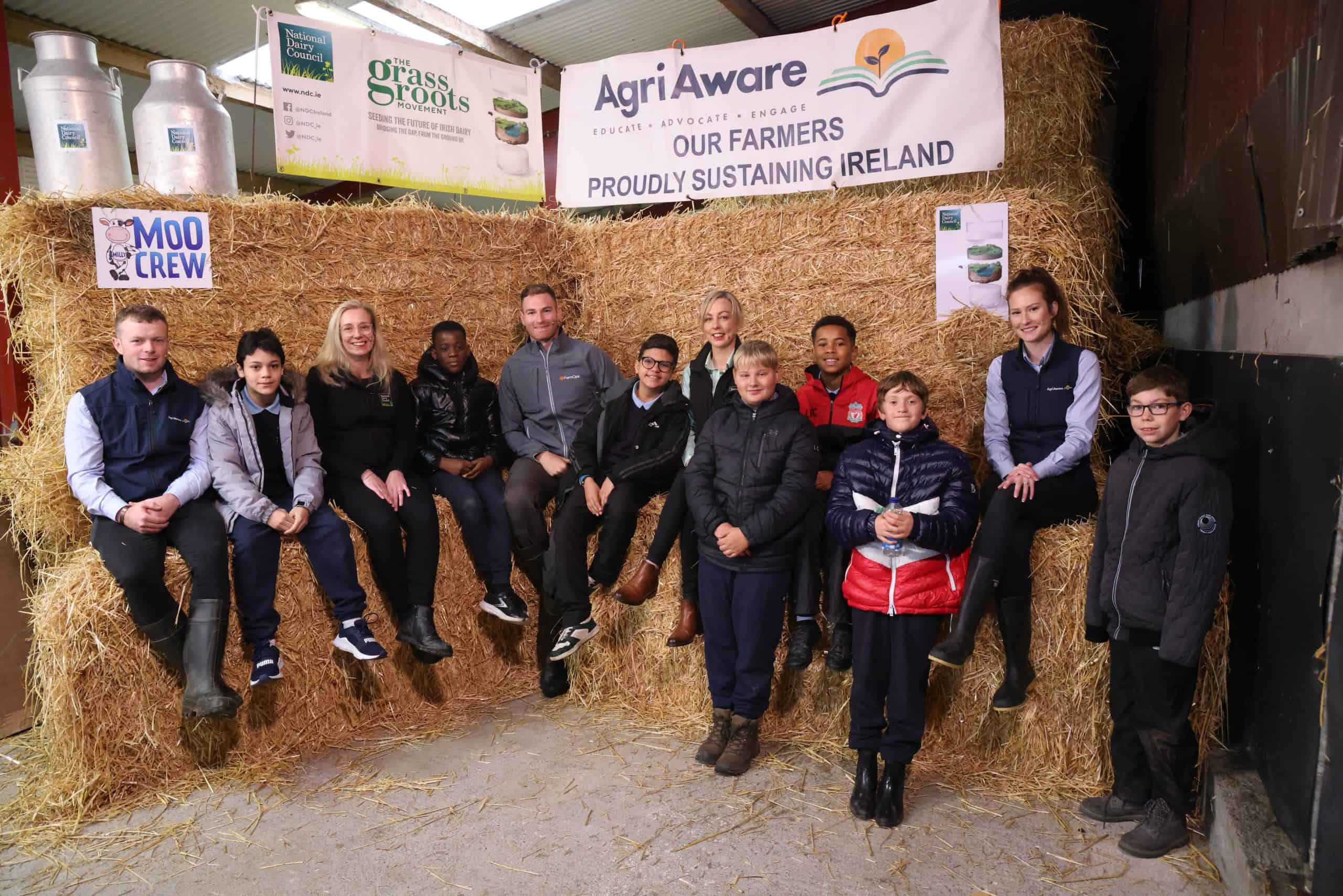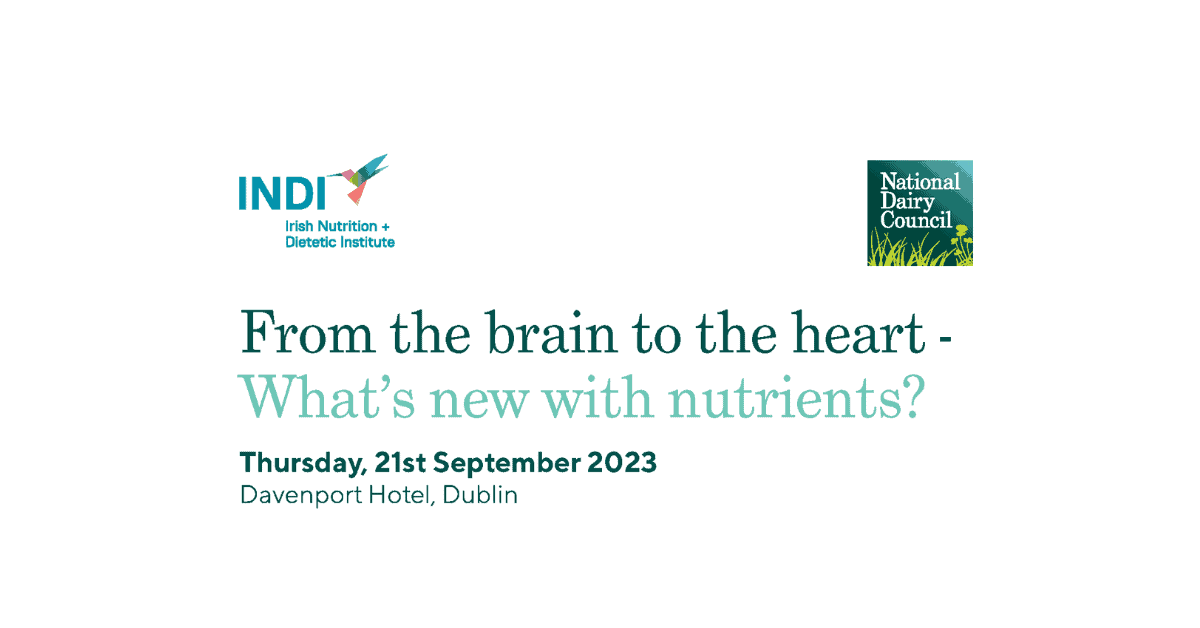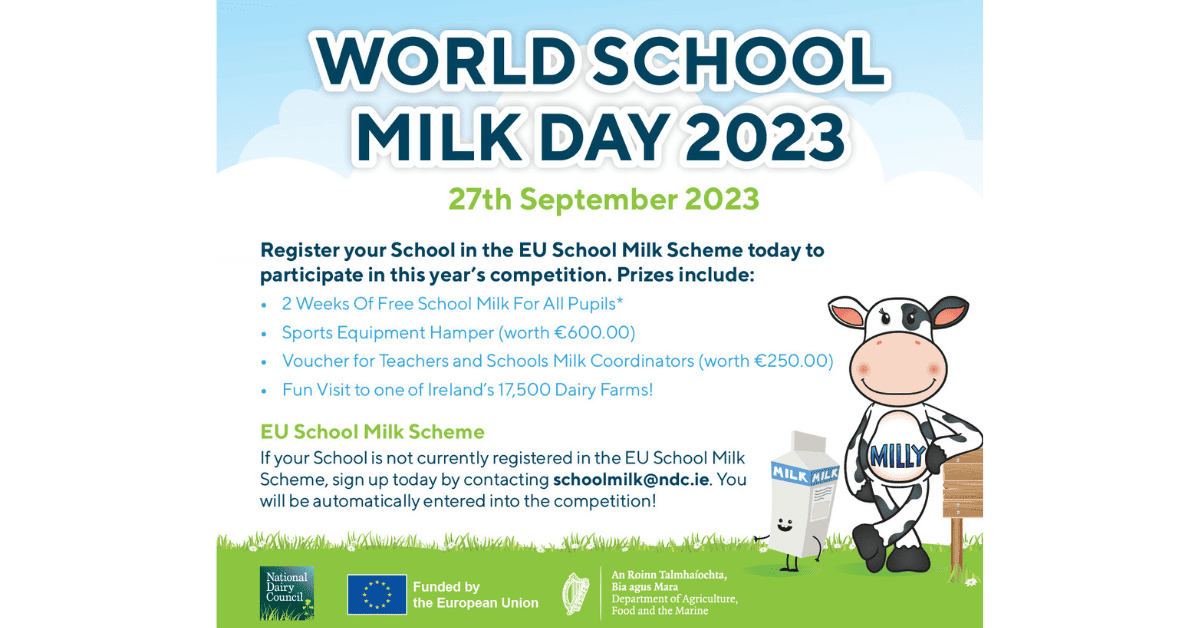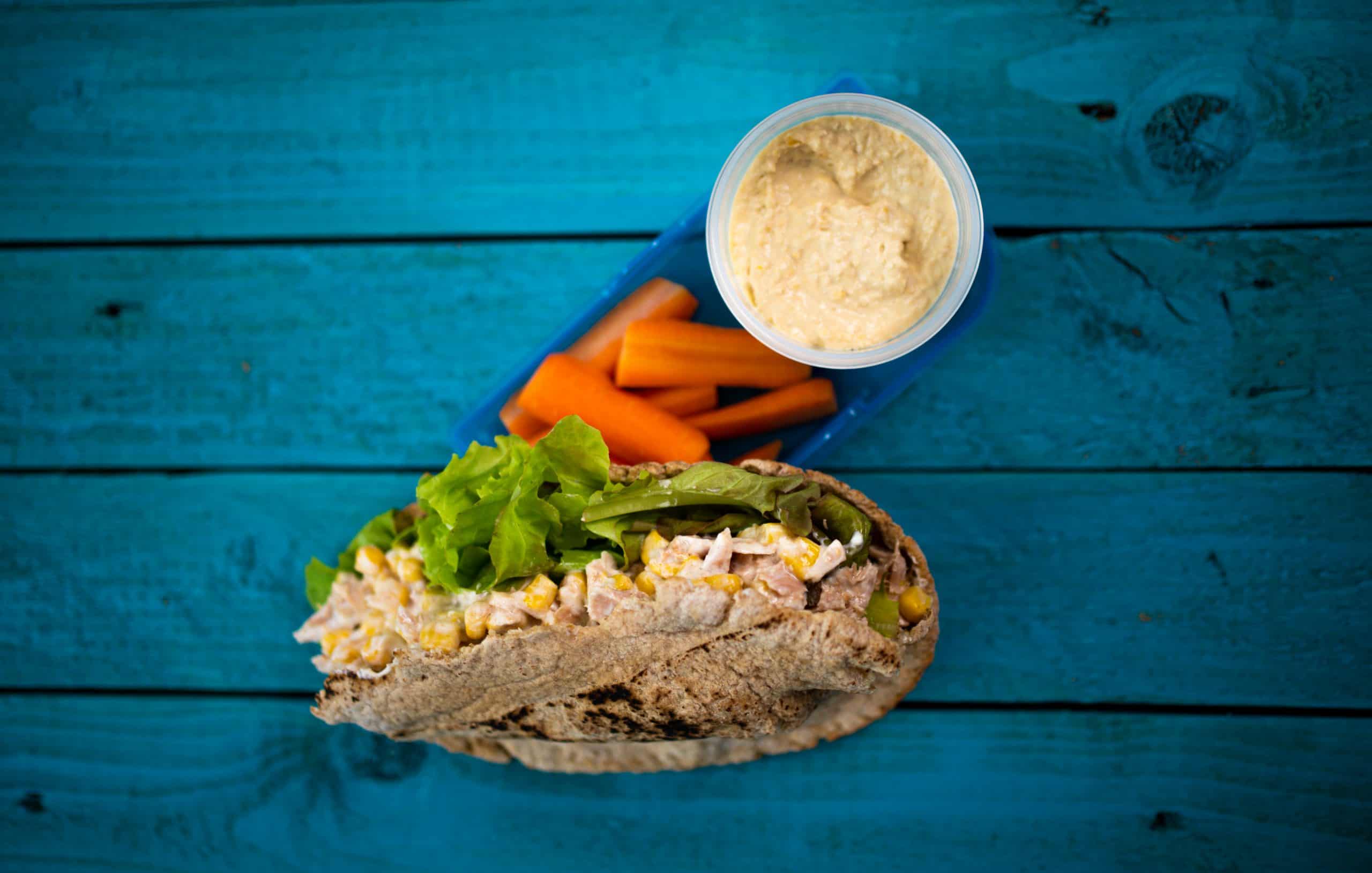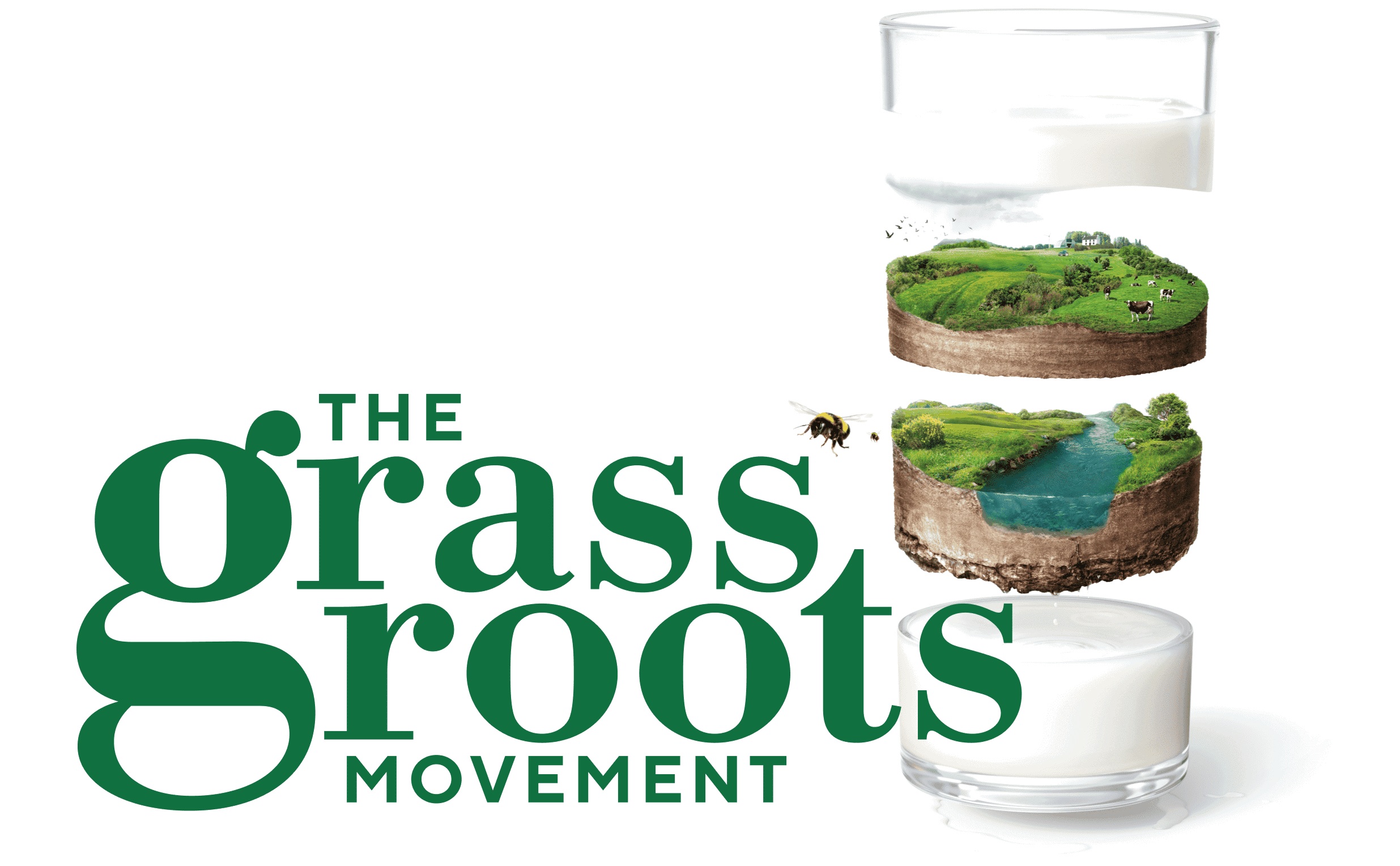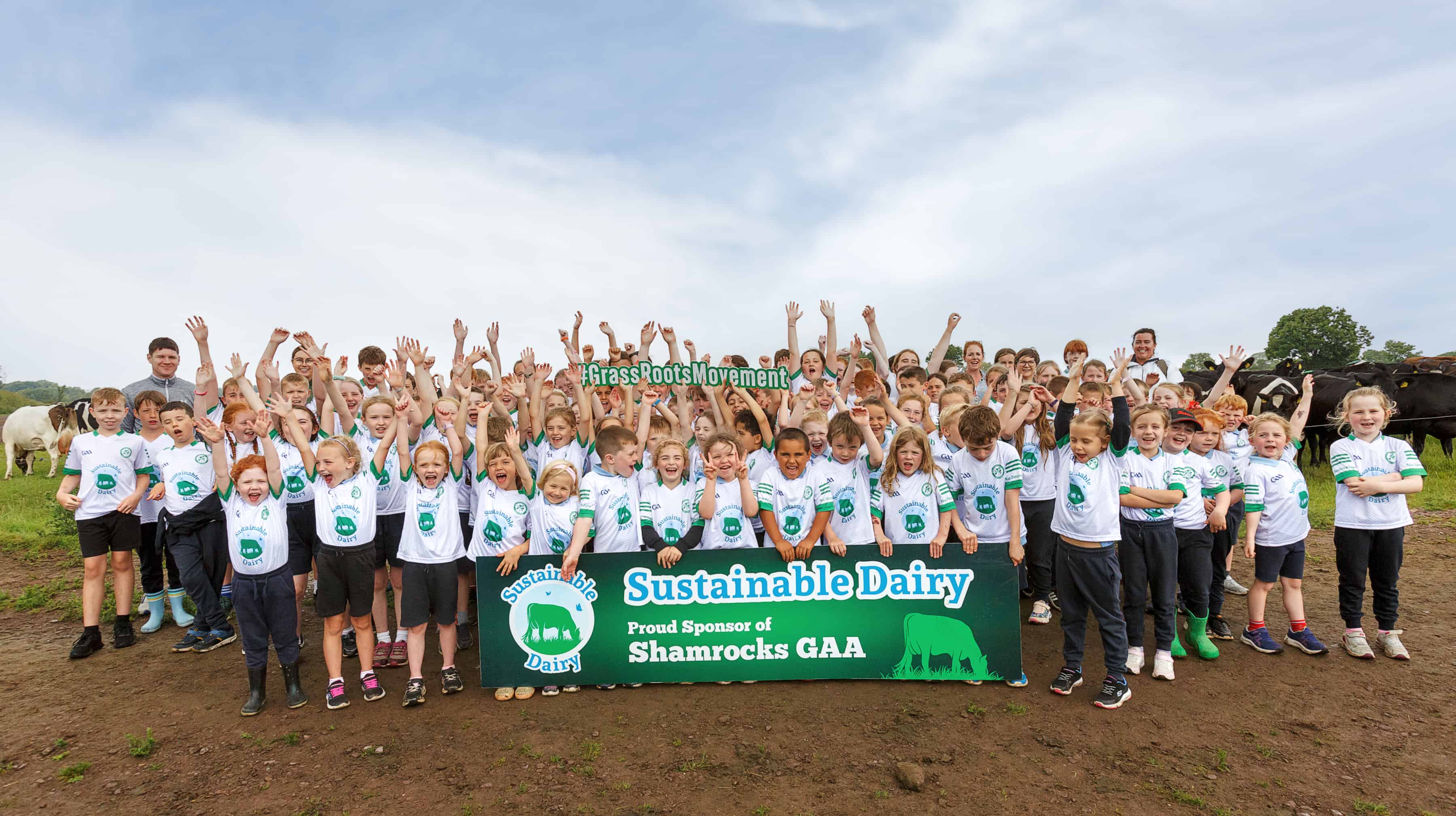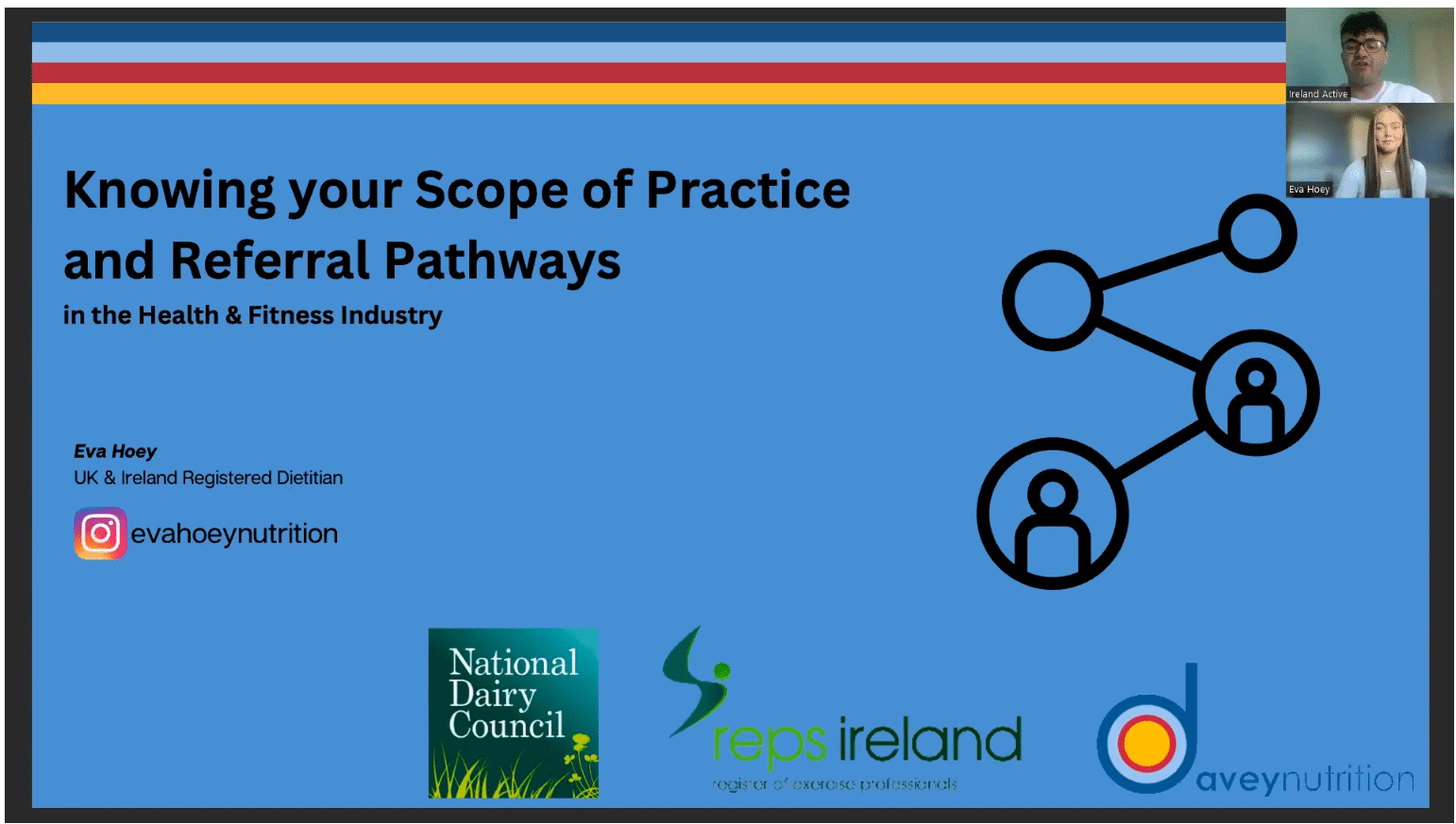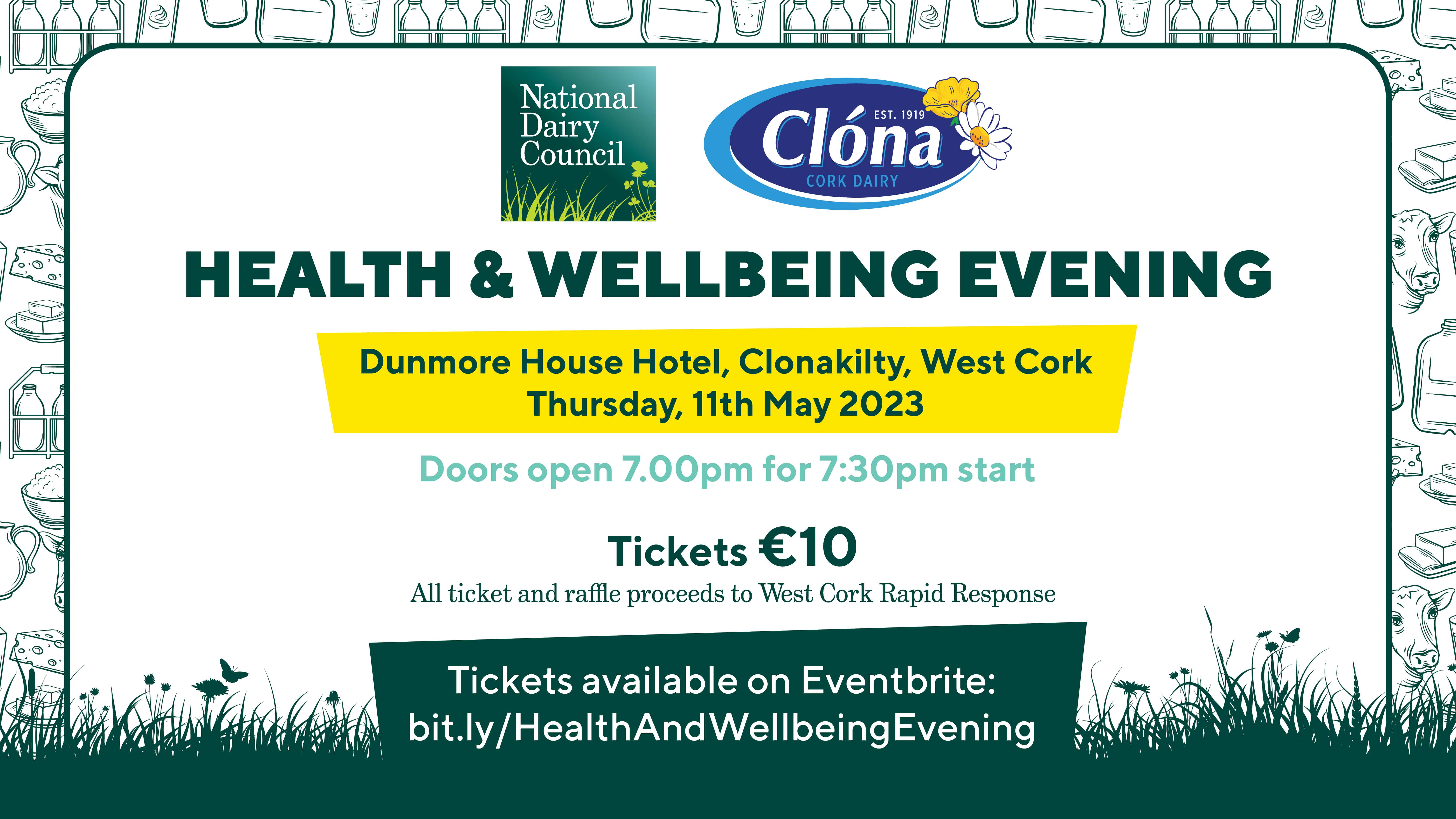Click Here to watch the videos.
When we think about Back to School, there is a lot of preparation involved before the start of each new academic year and this is just as true for teenagers returning to school. Most Irish school going teenagers eat a packed lunch from home and making sure that it is healthy and balanced is important to help support them during the busy school day and during these years of rapid growth and development.
Compared to primary school, the secondary school lunch situation can vary more and from school to school. Students may have a school canteen option, or the option to leave the school to go home or to the local shops so individuals have to consider their own situation when aiming to eat healthily. Plus, early starts to meet the school bus or after school study or clubs means they also need to think about packing extra healthy snacks as they can be gone for most of the day.
Dr Yvonne Finnegan, NDC Consultant Nutritionist and mother of two teens says “As teenagers may be preparing their owns lunches, we can tend to leave them to it but it’s important to check in from time to time and subtly nudge this age group towards healthy choices. It is particularly important to ensure they are covering all the key food groups. Practical things like checking that they still like the same foods, exploring new sandwich fillers and getting them involved in food shopping is a good place to start – all best done when the family has a bit more downtime in the summer”.
Sinéad Delahunty of Delalicious and Registered Dietitian Evan Lynch have worked with the NDC to produce special videos with advice on creating nutritious, tasty affordable and above all quick Back to School Lunches that any teenager can get stuck into. What’s in a Healthy School Lunchbox is available on the NDC You Tube Channel.
Physiotherapist, Food creator and Gaelic footballer Sinéad Delahunty said “I work a lot with young people through my social media and sport, I know there is a lot of misinformation out there about how to choose and prepare meals that are healthy and balanced. There is also a lot of pressure on teenagers now to look a certain way. A balanced approach with all food groups is what I use in my food posts to help young people translate healthy eating advice into day-to-day meals that they can easily make themselves and can feel good about eating”.
Packed lunches brought from home were the most common lunch in an Irish study of 15–17-year-olds and was the healthier option versus lunches bought outside of school1. Lunch is one of the three main meals of the day so it is important that its healthy and delivering nutrients teenagers need. All the more so as a dietary survey of Irish teens highlighted that over half had inadequate intakes of calcium (51%) with almost all having inadequate Vitamin D intakes (94%). The survey also showed that average number of servings of fruit and vegetables per day was 2 versus the 5-7 servings recommended and milk intake had also decreased since the previous 2003/4 dietary study2.
Dr Yvonne Finnegan, NDC Consultant Nutritionist says “Not only do we know that many Irish teens are not getting sufficient amounts of important nutrients like calcium and vitamin D which are important for bone health but we also know that unhealthy eating patterns established during these years can continue into adulthood. Research also shows that while teens may understand what makes for a healthy diet, they can struggle with translating it into practice. For this reason, at the National Dairy Council we are helping teens create quick but nutritious and tasty healthy lunches to help get them through the school day.” 3
Dairy is an important part of a healthy balanced diet and Irish Government recommendations4 stipulate that teen need 5 servings of dairy per day to supply the necessary calcium to support bone growth and development during these years. Dairy also delivers protein which is important for normal muscle growth and maintenance. A serving is 200 ml milk, 125g yogurt or 25g cheese.
Typically, a packed school lunch should contain all of the major food groups, some guidelines below”:
1. 1 portions of starchy carbohydrate (e.g., wholegrain breads, pittas and wraps, brown rice/pasta). An additional portion as part of an after-school snack if staying on late.
2. 1 portion of meat or meat alternative (e.g., chicken, fish, egg, pulses)
3. Ideally 2 portions of dairy (e.g., yogurt, cheese) to help reach five a day for teens
4. 1(+) portion of vegetable (e.g., carrot sticks, peppers, sweetcorn, lettuce, onion)
5. 1(+) portion of fruit (e.g., apple, orange, banana, pear, kiwi)
A drink of water and/or milk
Sinéad Delahunty and NDC Nutritionist Dr Yvonne Finnegan are available for interview on request. Please contact: Cathy Curran (NDC Communications Manager) on 086 8777 664/pr@ndc.ie
References
1. Browne S, et al. School lunches in the Republic of Ireland: a comparison of the nutritional quality of adolescents’ lunches sourced from home or purchased at school or ‘out’ at local food outlets. Public Health Nutr. 2017 Feb;20(3):504-514.
2. Irish Universities Nutrition Alliance (IUNA) 2021. Summary Report on: Food and Nutrient Intakes, Body Weight, Physical Activity and Eating Behaviours in Teenagers Aged 13-18 Years in Ireland
3. Daly AN, O’Sullivan EJ, Kearney JM. Considerations for health and food choice in adolescents. Proc Nutr Soc. 2022 Mar;81(1):75-86. doi: 10.1017/S0029665121003827. Epub 2021 Nov 29. PMID: 35039094.
4. Department of Health (2016) The Food Pyramid https://www.gov.ie/en/publication/70a2e4-the-food-pyramid/
Editors Notes
‘The EU School Milk Scheme is managed by The National Dairy Council and funded by the Department of Agriculture, Food and the Marine with the support of the European Union’. To find out how your child’s school can sign up visit www.ndc.ie or contact us at schoolmilk@ndc.ie.
